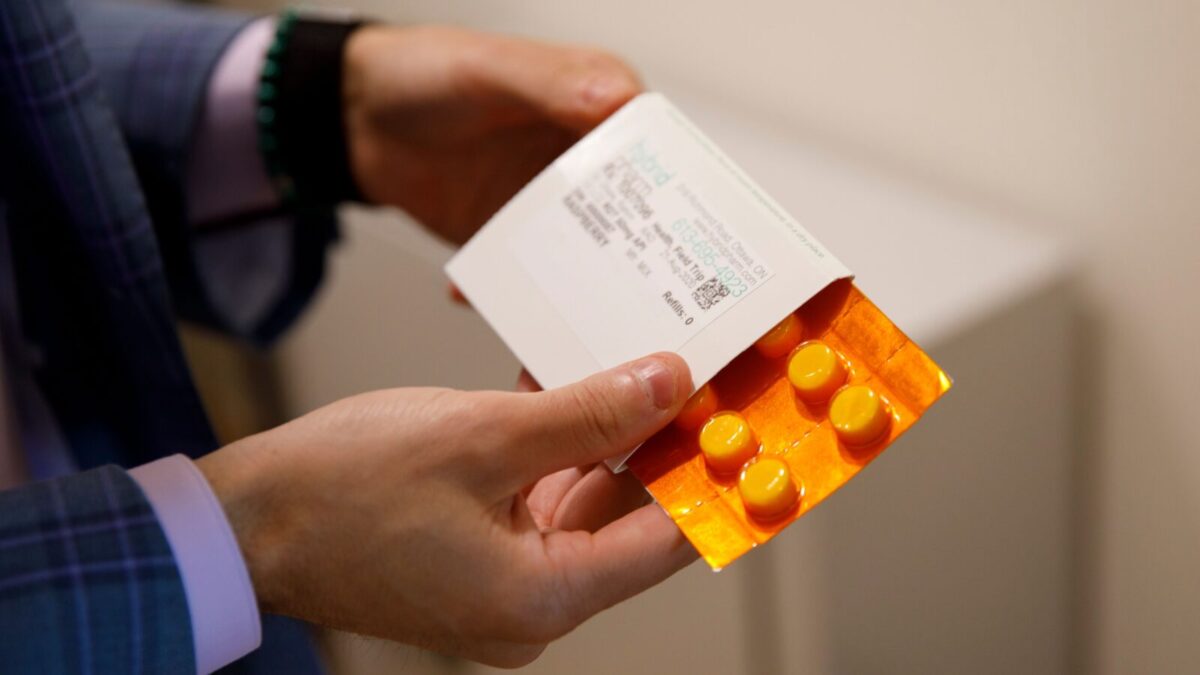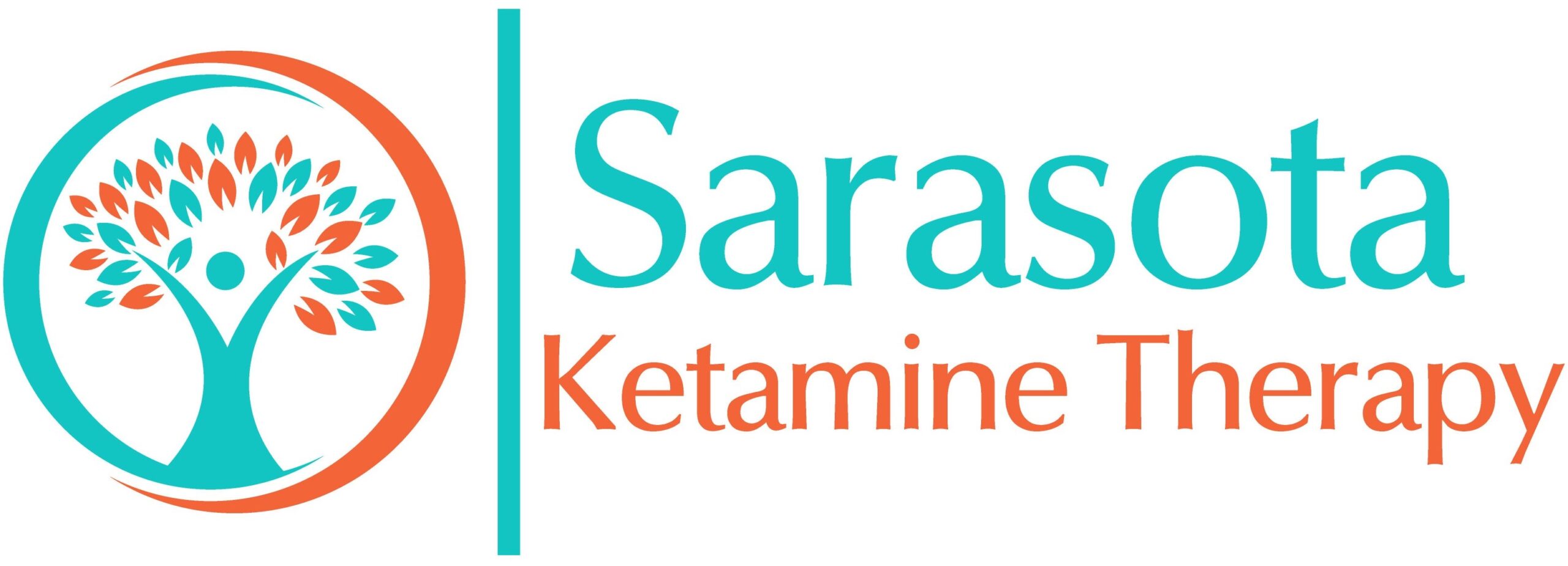How Does Low-Dose At-Home Ketamine Treatment Work?

How Does Low-Dose At-Home Ketamine Treatment Work?
Ketamine has recently emerged as a groundbreaking treatment for various mental health conditions, especially depression, anxiety, and PTSD. While traditionally administered in medical settings under the supervision of professionals, a new and innovative form of ketamine therapy has emerged: low-dose at-home ketamine treatments. This method offers individuals an opportunity to access the potential therapeutic benefits of ketamine in the comfort and privacy of their own homes. But how exactly does low-dose at-home ketamine treatment work, and what are the potential benefits and risks?
In this blog post, we’ll explore how low-dose at-home ketamine therapy works, how it differs from traditional treatments, its benefits, and what you need to know if you’re considering this treatment option.
What is Low-Dose Ketamine Therapy?
Low-dose ketamine therapy refers to the use of sub-anesthetic doses of ketamine to treat a range of mental health issues, such as depression, anxiety, and post-traumatic stress disorder (PTSD). Unlike higher doses used in anesthesia, low doses of ketamine can have therapeutic effects on the brain’s neurotransmitter systems, especially glutamate. This allows the drug to provide rapid relief from symptoms, often within hours, rather than the weeks or months that conventional antidepressants can take.
In at-home treatments, the ketamine is usually administered in a controlled, lower dose under the guidance of a licensed provider through telemedicine or in-person consultations. These doses are far lower than what would be used for sedation or anesthesia, which makes it safe when used correctly in a monitored environment.
The key to the success of low-dose ketamine therapy lies in its ability to induce neuroplasticity — the brain’s ability to reorganize and form new neural connections. By promoting the release of neurotransmitters like dopamine and serotonin, ketamine can help reset brain circuits that are often dysfunctional in individuals with depression or anxiety.
How Does Low-Dose Ketamine Work in the Brain?
To understand how low-dose ketamine therapy works, it’s important to first grasp how ketamine interacts with the brain. Ketamine is known as an NMDA (N-methyl-D-aspartate) receptor antagonist. NMDA receptors are involved in the brain’s excitatory signaling, meaning they play a significant role in mood, memory, and cognitive function. By blocking the NMDA receptors, ketamine effectively disrupts certain neural pathways that are implicated in mental health conditions like depression.
Beyond just blocking NMDA receptors, ketamine influences other neurotransmitter systems in the brain, including those related to serotonin, dopamine, and gamma-aminobutyric acid (GABA). This multifaceted interaction with neurotransmitters allows ketamine to have profound effects on mood regulation, emotional stability, and even cognitive function.
While the exact mechanisms of how ketamine produces its antidepressant and anxiolytic effects are still being studied, research has shown that it can promote synaptogenesis — the formation of new synapses (connections between brain cells). This is important because conditions like depression and anxiety often result in a decrease in synaptic connections, which ketamine can help reverse.
The Benefits of At-Home Ketamine Treatment
- Convenience and Comfort: One of the most significant benefits of low-dose at-home ketamine treatment is the convenience and comfort it offers. Instead of having to visit a clinic or medical facility, you can administer the treatment in your own home, at your own pace, and in an environment where you feel safe and comfortable. This eliminates the need for travel, waiting rooms, and the stress of being in an unfamiliar setting.
- Privacy and Control: At-home ketamine therapy offers privacy that you might not get in a clinical environment. Many individuals feel more comfortable exploring mental health treatments in the privacy of their own space. At-home treatment also gives you more control over your therapy schedule, allowing you to administer the treatment at a time that works best for you.
- Rapid Onset of Effects: One of ketamine’s most significant advantages over traditional antidepressants is the speed with which it works. Traditional medications like SSRIs (selective serotonin reuptake inhibitors) can take weeks or even months to show noticeable improvements. In contrast, ketamine often provides relief from symptoms within hours or a few days. This rapid onset of effects is especially helpful for individuals dealing with suicidal ideation or severe depression.
- Potential for Long-Term Relief: Many patients find that even though the effects of a single ketamine treatment may not last indefinitely, repeated treatments can have a lasting impact on mental health. Studies suggest that low-dose ketamine therapy, when administered over a series of sessions, can lead to a lasting reduction in symptoms of depression, anxiety, and PTSD. Some patients experience months of relief after a treatment regimen.
- Less Side Effects Compared to Traditional Medications: Ketamine is generally well-tolerated in low doses and may produce fewer and less severe side effects than many traditional antidepressant medications. Unlike SSRIs, which can cause side effects like sexual dysfunction, weight gain, and gastrointestinal issues, ketamine’s side effects tend to be transient and less disruptive, especially when administered in a controlled, low-dose format.
How Does At-Home Ketamine Therapy Work?
Low-dose at-home ketamine treatments are typically prescribed and overseen by a licensed provider. The process generally involves the following steps:
- Initial Consultation: The first step in any ketamine treatment is a thorough consultation with a licensed healthcare provider. During this consultation, the provider will evaluate your medical history, mental health condition, and suitability for ketamine therapy. You may undergo screenings to determine whether ketamine is an appropriate treatment for you.
- Treatment Plan Development: Once you are deemed a good candidate, the provider will work with you to create a personalized treatment plan. This may include the frequency of sessions, dosage of ketamine, and any additional supports or therapies that may be beneficial. Depending on your condition and needs, the treatment plan may involve a series of at-home treatments, with regular check-ins to monitor progress.
- Delivery Method: Low-dose ketamine can be administered in several ways, including through nasal sprays, lozenges, or sublingual tablets. The delivery method will depend on what works best for you and the preferences of your healthcare provider. Ketamine nasal sprays, like Esketamine (Spravato), are FDA-approved and commonly used in at-home treatment protocols. In some cases, patients may be given oral formulations of ketamine, though this is less common.
- Monitoring and Support: During your at-home treatment, your healthcare provider will monitor your progress and ensure that the treatments are providing the desired effects. Some providers use telemedicine to check in with patients after each session, discussing any side effects, changes in mood, or improvements in symptoms.
- Follow-Up: Ketamine therapy typically involves multiple sessions over a period of weeks or months. After an initial series of treatments, your provider may adjust your dosage or treatment frequency based on your response. Continuous monitoring and communication with your provider are key to ensuring that the treatment is working effectively and safely.
Potential Risks and Considerations
Although low-dose ketamine treatment is generally considered safe when used as prescribed, it is not without risks. These risks can be mitigated by working closely with a healthcare provider, but it’s essential to be aware of the following:
- Side Effects: Some individuals may experience side effects like dizziness, nausea, dissociation, or increased heart rate during or after treatment. These effects are typically short-lived, but they should be reported to your provider if they become bothersome.
- Psychological Effects: While ketamine’s dissociative properties can be therapeutic, they can also be unsettling or anxiety-inducing for some individuals. It’s important to discuss any concerns with your provider before starting treatment.
- Dependency: Although the risk of addiction to ketamine is low in low doses, there is still a potential for psychological dependence, especially if treatments are used too frequently or without adequate monitoring. It’s important to follow the treatment plan set by your healthcare provider and to avoid using ketamine outside of prescribed sessions.
- Not for Everyone: Ketamine is not suitable for everyone. Individuals with certain medical conditions, such as uncontrolled high blood pressure, heart issues, or a history of psychosis, may not be candidates for ketamine therapy. This is why a thorough evaluation is crucial before starting treatment.
Conclusion
Low-dose at-home ketamine treatment offers a promising alternative to traditional mental health treatments, providing individuals with a convenient, effective, and potentially life-changing way to manage depression, anxiety, PTSD, and other conditions. While the rapid relief it offers is groundbreaking, it’s essential to approach this treatment with care and under the guidance of a licensed healthcare provider. By working closely with a provider, you can access the full benefits of ketamine while minimizing risks and ensuring that the therapy is tailored to your individual needs.
If you’re considering low-dose at-home ketamine therapy, be sure to do thorough research, speak to a licensed professional, and take the necessary steps to ensure that you are a good candidate for this treatment. With the right approach, ketamine therapy has the potential to transform your mental health and overall well-being.
